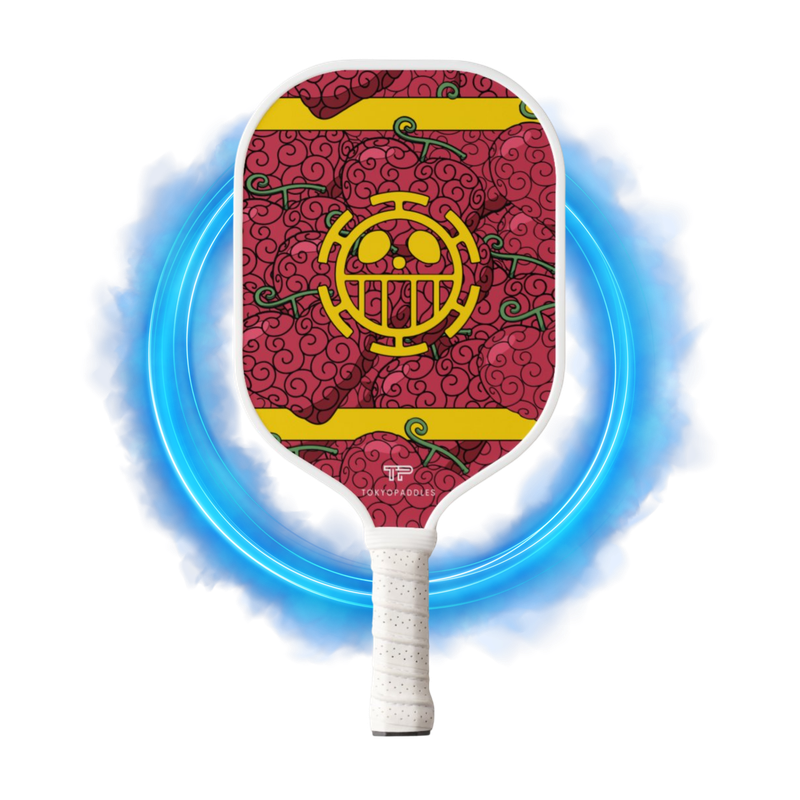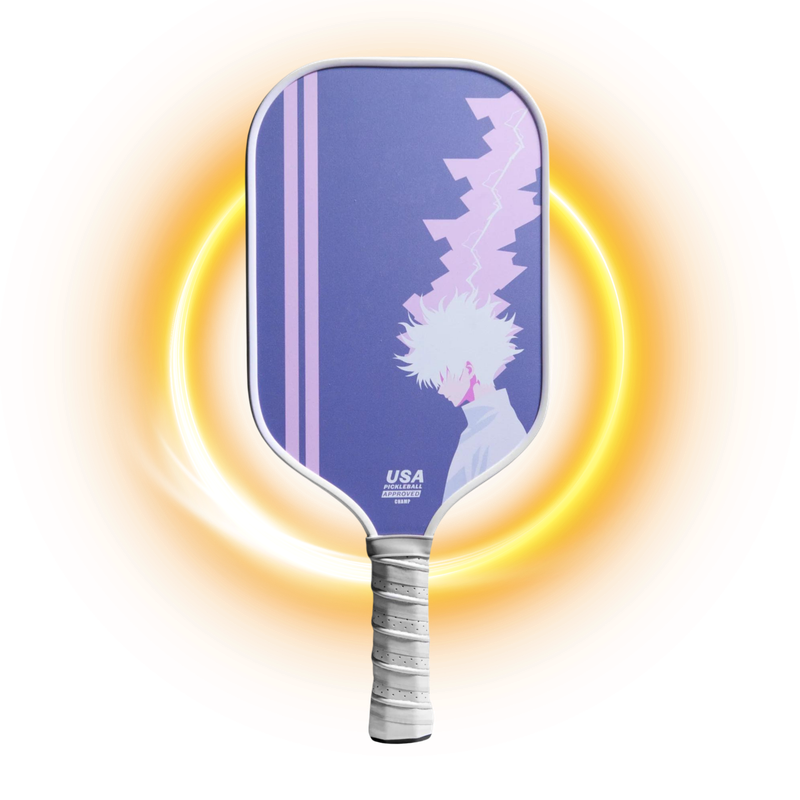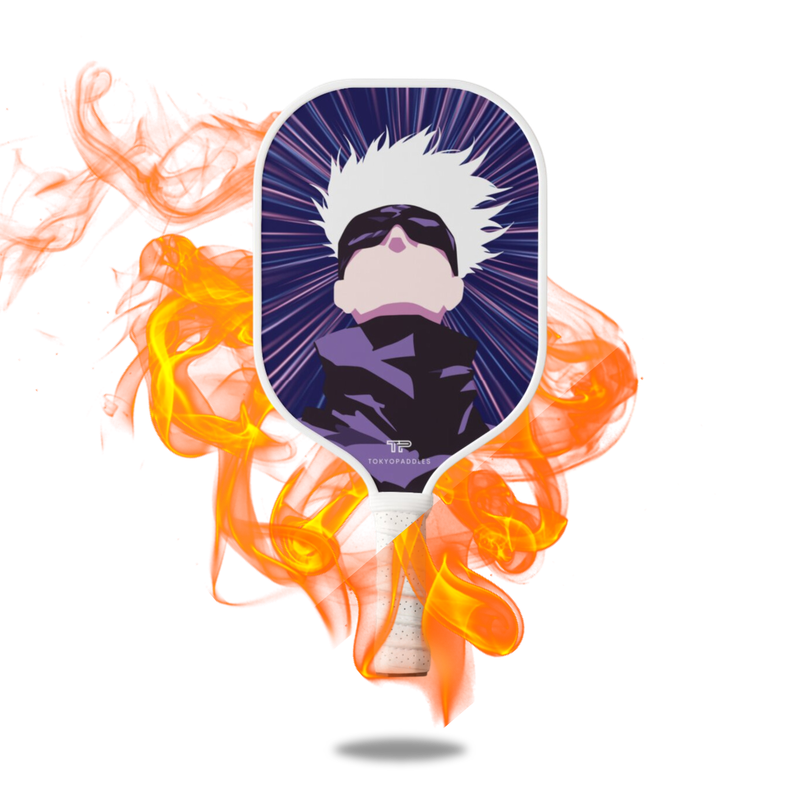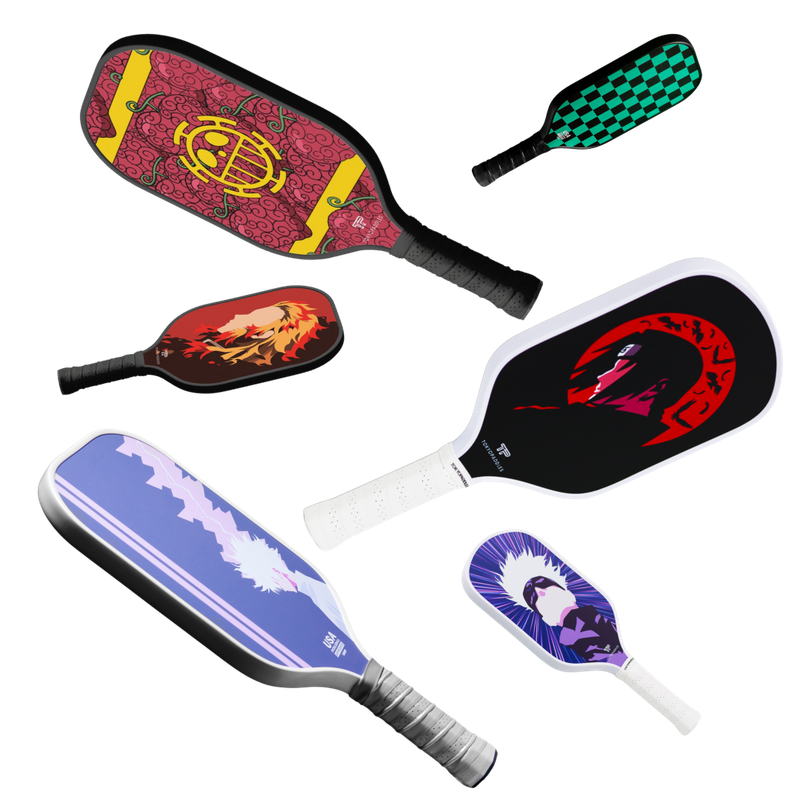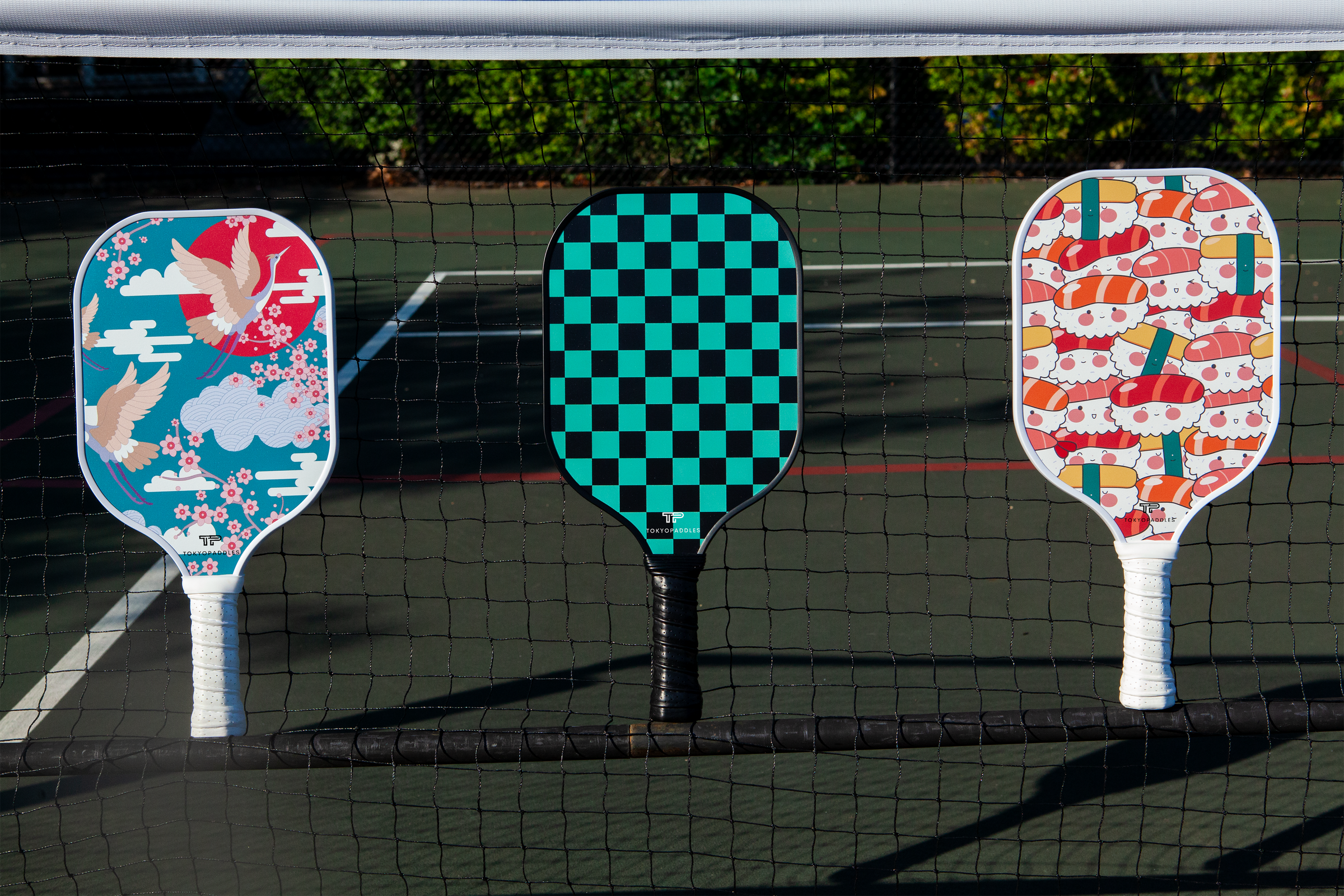Pickleball Paddle Wrapping Guide
The Importance of Proper Pickleball Paddle Wrapping
Wrapping your pickleball paddle correctly is essential for comfort, grip, and overall performance during a game. The right grip can enhance your control over the paddle, reduce slippage due to sweat, and prevent hand fatigue and blisters. In this guide, we'll walk through the steps of wrapping your paddle to ensure optimal play and comfort.
Choosing the Right Grip for Your Pickleball Paddle
Types of Grips
There are primarily two types of grips to consider when re-wrapping your pickleball paddle: overgrips and replacement grips.
- Overgrips are thin, tacky layers that wrap around the existing grip to provide extra stickiness and absorbency. They're easy to apply and remove and can be changed frequently.
- Replacement grips are thicker, more durable, and provide cushioning. They are intended to replace the original grip exactly and are better for players who need extra comfort and shock absorption.
Material Considerations
When selecting a grip, consider the material. Options include polyurethane, which is soft and tacky, and absorbs moisture well, and silicone, known for its longevity and non-slip properties. Cork grips are also available and are known for their natural feel and moisture absorption.
Tools and Materials Needed
Before you begin wrapping your paddle, gather the necessary materials. You’ll need a new pickleball grip, scissors for trimming, grip tape to secure the end, and possibly a hairdryer or heat gun for removing any existing grip that's particularly stubborn. A clean, flat work surface is recommended to lay out the materials.
Steps to Wrap Your Pickleball Paddle
Step 1: Preparing the Paddle
Remove the old grip and any residual adhesive from your paddle handle. If it's difficult to remove, you can use a hairdryer to heat the grip and loosen the adhesive. Wipe down the handle to ensure it's clean and dry before applying the new grip.
Step 2: Starting the Wrap
Begin by peeling the backing off the new grip to expose the adhesive side. Start at the base of the handle, slightly angling the grip so the wrap will spiral up the handle as you rotate the paddle. Secure the starting end with the finishing tape if provided, or simply adhere it firmly to the handle.
Step 3: Wrapping the Handle
Tightly wrap the grip around the handle in a spiral direction, overlapping each layer by about 1/8 to 1/4 of an inch. Pulling the grip tight as you go is important for preventing any bubbles or creases. Be sure to maintain consistent tension and overlap for a uniform feel.
Step 4: Finishing the Wrap
Once you've reached the top of the handle, cut off any excess grip material at an angle which matches the final edge of the handle. Secure the end of the grip with the supplied finishing tape. Some grips may include a tapered end with an adhesive strip which can be wrapped around the top to provide a neat finish.
Step 5: Inspecting and Adjusting
Inspect the wrap for any lumps or uneven areas. Run your hand over the grip to ensure it's smooth. If it's not, unwrap and re-wrap as necessary. Pay attention to how the grip feels in your hand, ensuring that it's comfortable and secure.
Final Thoughts on Paddle Wrapping
Wrapping your pickleball paddle might seem trivial, but it's a simple way to improve your game and ensure your paddle feels like an extension of your hand. A well-wrapped paddle can provide you with better control, reduce slippage, and prevent injuries related to grip issues. Remember that grips need to be replaced regularly, especially if you play often. Monitor the condition of your grip and replace it once it starts wearing down or losing its tackiness.

